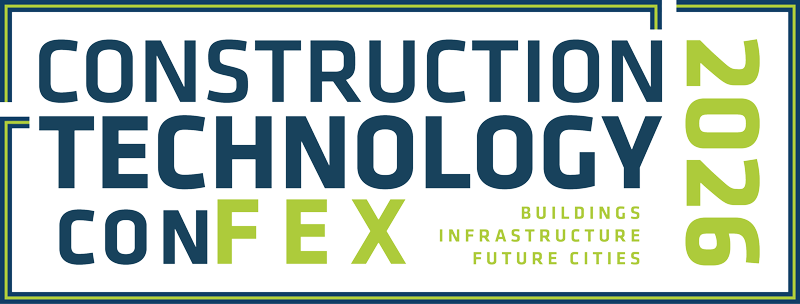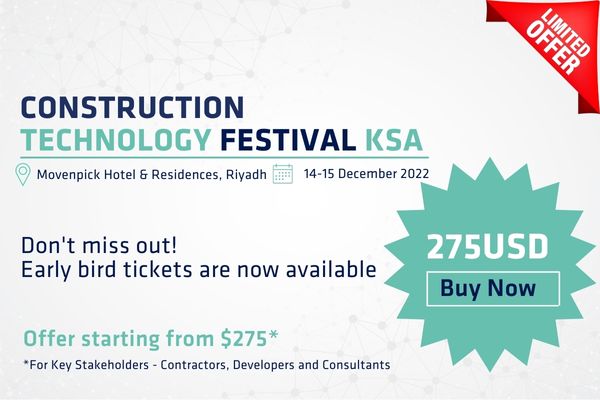April 02, 2025
Sustainable Construction Meets PropTech: Key Trends from the Construction Industry Conference
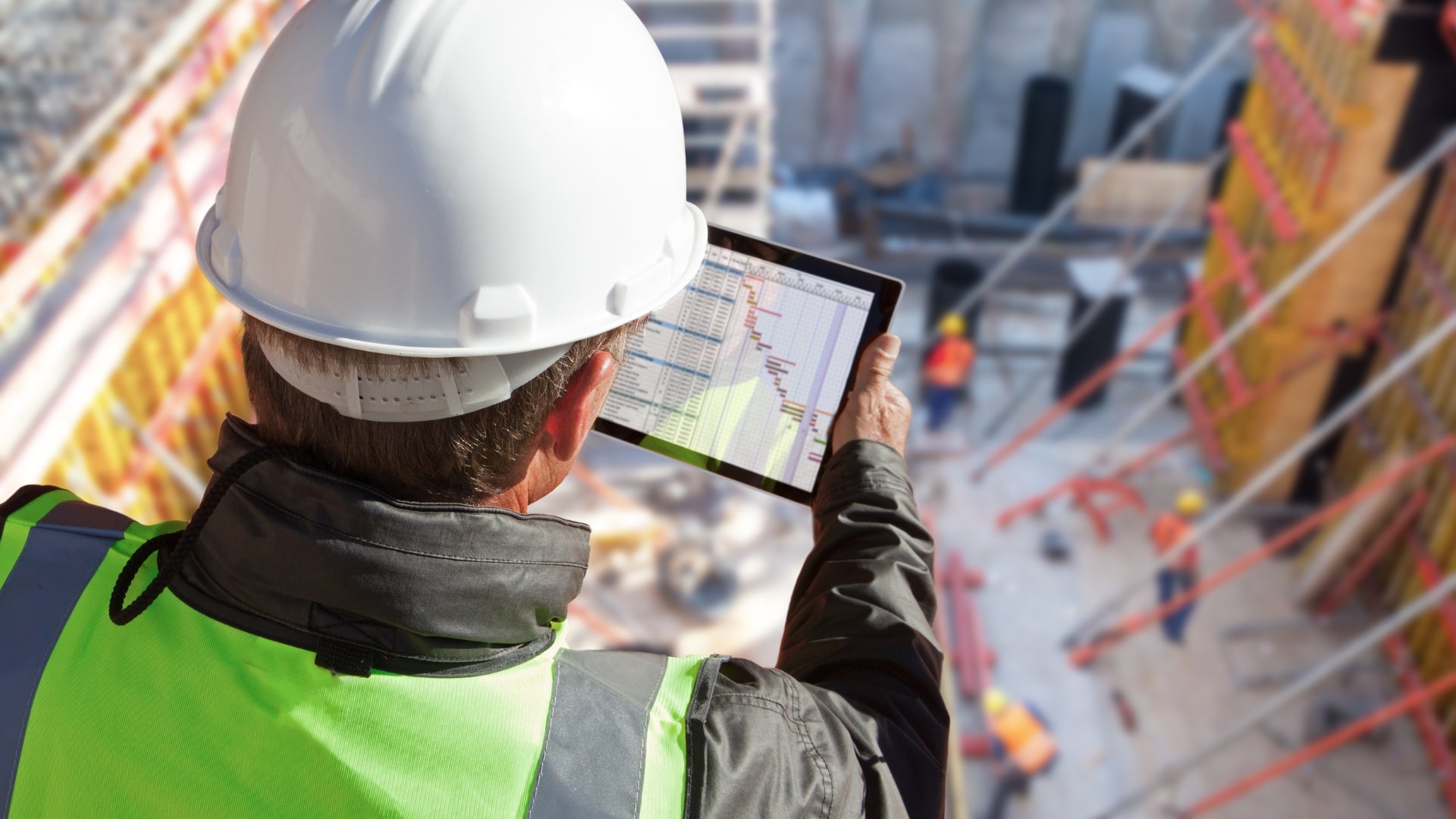
All the construction industry professionals are tired of razor-thin margins being squeezed further by material waste and rework. Also, they're frustrated with delays caused by inefficient processes and labour shortages. This industry has experienced a substantial transformation because of sustainability movements and technological advancements. The growing number of sustainability concerns and advancing urbanisation now require construction technology events to embrace sustainable practices. You must attend the Construction Technology ConFex 2025. Industry leaders, innovators, and policy-makers will be present at this event. The discussions hold great importance because global markets want infrastructure that combines technology and eco-friendly characteristics.
In this blog, we'll explore the conference framework. The framework includes green material applications, AI-based property management technology, and advanced digital solutions for modern infrastructure systems.
The Rise of Sustainable Construction in 2025: A Game Changer for the Industry
What is Sustainable Construction, and Why is it Crucial?
Sustainable construction refers to environmentally responsible and resource-efficient building practices. This method concentrates on lowering atmospheric carbon emissions and waste generation and maximises the effectiveness of energy use.
Key Sustainable Building Materials and Energy-Efficient Designs
- Self-healing concreteThe self-healing properties of concrete products result in buildings which require less maintenance while extending their operational life. The technology applies bacteria and special polymers that automatically fix structural issues to prevent deterioration. Using this technological advancement, homeowners can decrease maintenance costs while building structures that last for more extended periods of time.
- Recycled and biodegradable materialsThe use of recycled and biodegradable materials helps achieve environmentally friendly construction while maintaining durability standards. These products decrease production carbon output and help reduce landfill waste. A circular economy design is supported through the reuse of industrial waste products.
- Solar-integrated roofing and innovative insulationMaximising energy conservation. The combination of renewable energy capture techniques operates alongside systems that sustain optimal interior temperatures. The implementation of these systems enables users to decrease their reliance on conventional power systems to achieve reduced electricity expenses.
Green Building Certifications and Regulatory Impact
LEED (Leadership in Energy and Environmental Design)
It settled global sustainability standards. LEED examines buildings through three evaluation criteria, including their effectiveness in energy usage, capability to preserve water supplies, and use of materials. The LEED certification process helps properties increase their value and demonstrates environmental responsibility through its certification system.
BREEAM (Building Research Establishment Environmental Assessment Method)
Ensuring responsible construction practices. The assessment methodology determines sustainability levels during all life cycle phases, from design to operation. The environmental benefits of BREEAM certification include better well-being experiences for occupants and reduced ecological impacts.
Dubai's Sustainable Development Initiatives
Local regulations through Dubai's Sustainable Development Initiatives promote the development of environmentally conscious infrastructure systems. The initiatives support green building standards, renewable energy integration, and resource-efficient architectural designs. Dubai's sustainable development initiatives follow the national direction toward building a sustainable, resilient future.
The Role of Smart Technologies in Energy Efficiency
IoT-based Energy Management Systems
These systems allow real-time monitoring. They improve operational efficiency with automatic response systems.
AI-driven Building Automation
Using AI for building management helps organisations optimise HVAC functions while minimising power consumption. This system enhances building air quality and cuts operational expenses substantially.
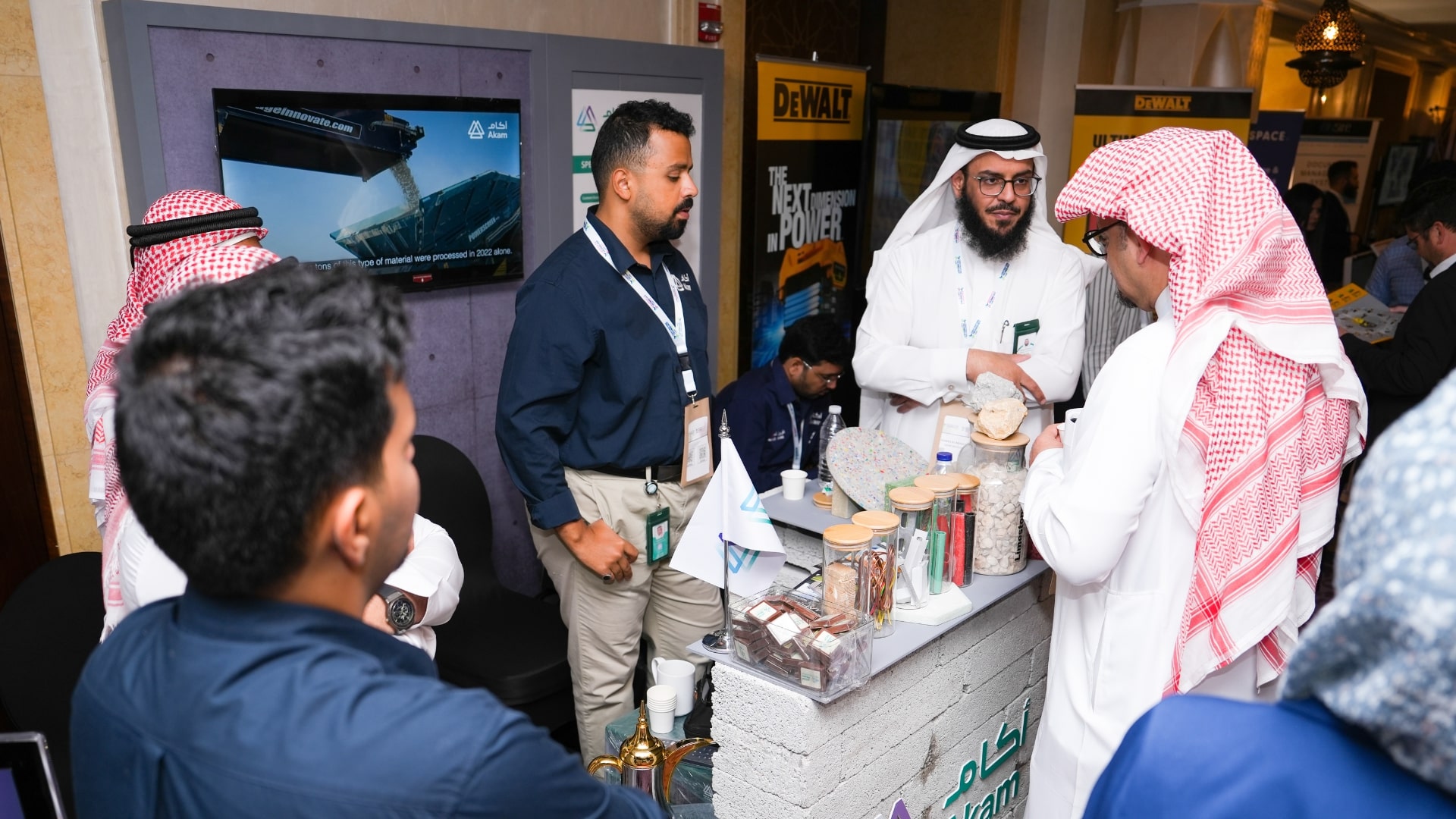
Example
New technological applications such as commercial district lighting systems and AI-controlled building climate systems demonstrate sustainability in operations. The implemented technological solutions work to decrease carbon emissions while fulfilling environmental building requirements.
PropTech: The Digital Revolution in Construction and Real Estate
Understanding PropTech and Its Growing Influence
Real estate development and construction and property management functions through PropTech (Property Technology) achieve their integration with digital tools. Traditional operations transform due to this sector, which brings enhanced efficiency through transparent and cost-effective processes and streamlined operations.
Key PropTech Trends Shaping 2025
Digital Twins: The Future of Construction Planning
Through digital twin technology, engineers create virtual duplicates of existing buildings to forecast and resolve problems which may occur during the construction timeline. Building digital duplicates enables efficient resource management and minimises project-expensive mistakes within large-scale developments.
AI-Powered Predictive Maintenance
AI-powered tools review data to identify forthcoming maintenance needs. Thus, companies enhance asset durability and minimise repair expenses. The preventive maintenance strategy ensures the minimisation of unplanned equipment failures, which leads to higher operational efficiency.
Blockchain for Real Estate Transactions
Blockchain technology provides secure and transparent real estate transactions through improved efficiency that eliminates documentation delays and reduces fraud cases. The deployment of smart contracts through automation removes the requirement for middleman personnel.
Smart Infrastructure and Digitalisation in Construction: Transforming Urban Landscapes
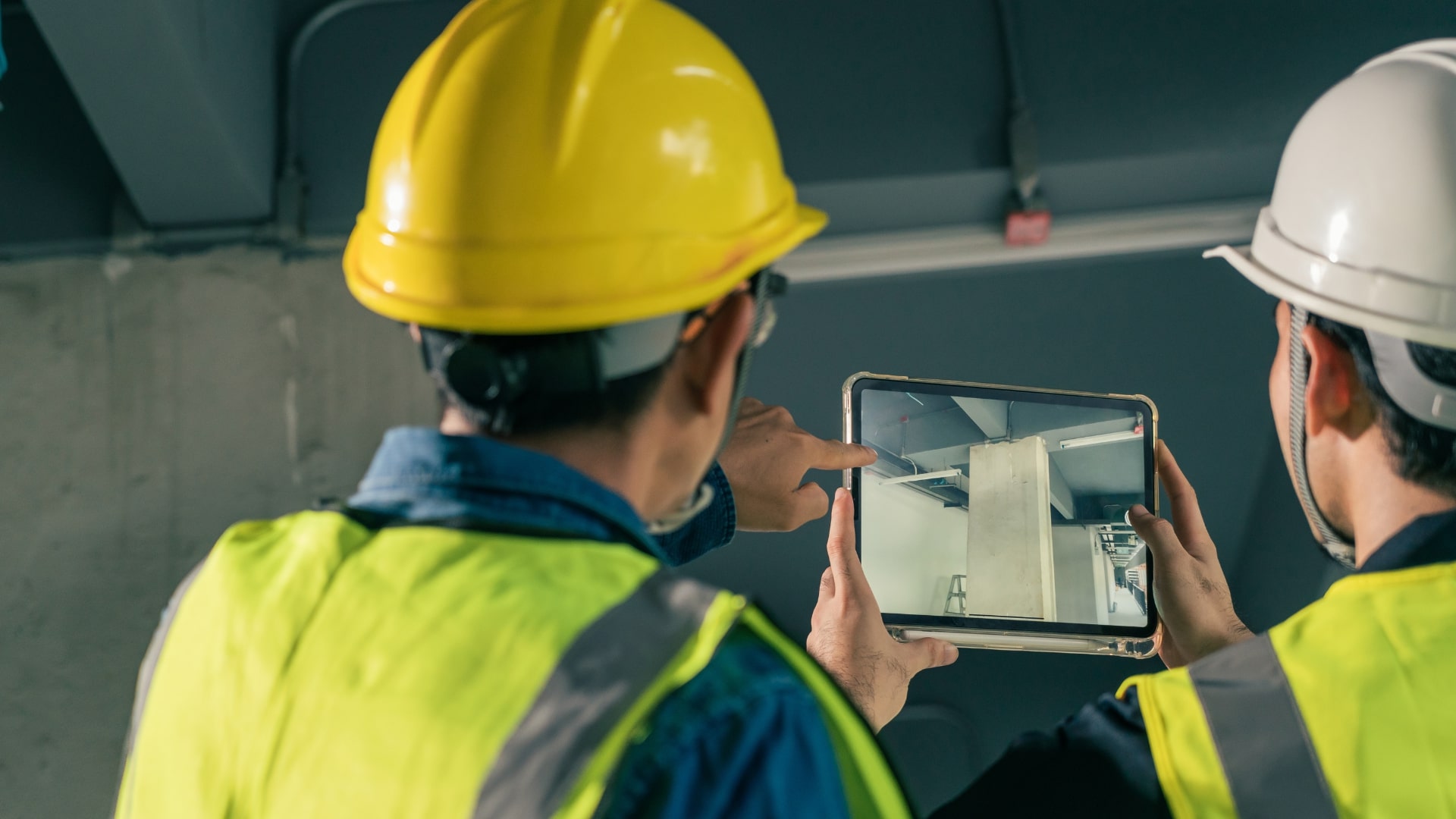
Building Information Modelling (BIM) and Digital Twins: The Blueprint for Efficiency
- BIM provides three-dimensional modelling solutions for construction planning that improve project coordination between team members. The workflow management benefits from producing more accurate projects and saving money by preventing costly late revisions.
- Building performance monitoring through digital twins delivers immediate usage data for enhanced asset operations. Such applications guide facility managers on how to make their energy consumption more efficient and minimise their maintenance costs.
Prefabrication and Modular Construction: The Sustainable Alternative
- Construction timelines become shorter because prefabricated components reduce overall project duration. Better quality assurance and reduced site disturbances are achieved through this method.
- Construction produces lower environmental effects because the waste materials decrease and power efficiency increases. The prefabrication method lowers the carbon footprint resulting from classical construction practices.
Robotics and Automation: The Future of Construction
- Artificial Intelligence operates robotic bricklayers to boost their speed and precision levels. These systems deliver uniform performance while eliminating manual work that requires significant effort.
- Self-driving construction vehicles. The implementation of robotic bricklayers decreases human mistakes while simultaneously increasing operational safety. The machines increase production rates and simplify logistical operations on work sites.
- The combination of drones and AI technology performs site inspections by analysing structural integrity in real time. The detailed reports allow stakeholders to make quick decisions while simultaneously minimising project risks.
Key Takeaways from the Construction Technology ConFex 2025: What Experts Say
- Today's urban development advances through technological collaborations with sustainability principles. Neoteric solutions establish cities as more intelligent and robust urban settings.
- Investment in PropTech creates essential value for both efficiency gains and sustainability benefits alongside price savings. The combination promotes fresh ideas and raises the worth of real estate assets.
- Public and private organisations must support each other to increase the adoption rate of digital transformation in construction technology events. Joint participation between different entities creates industry-specific breakthroughs which define new quality standards for innovative infrastructure development.
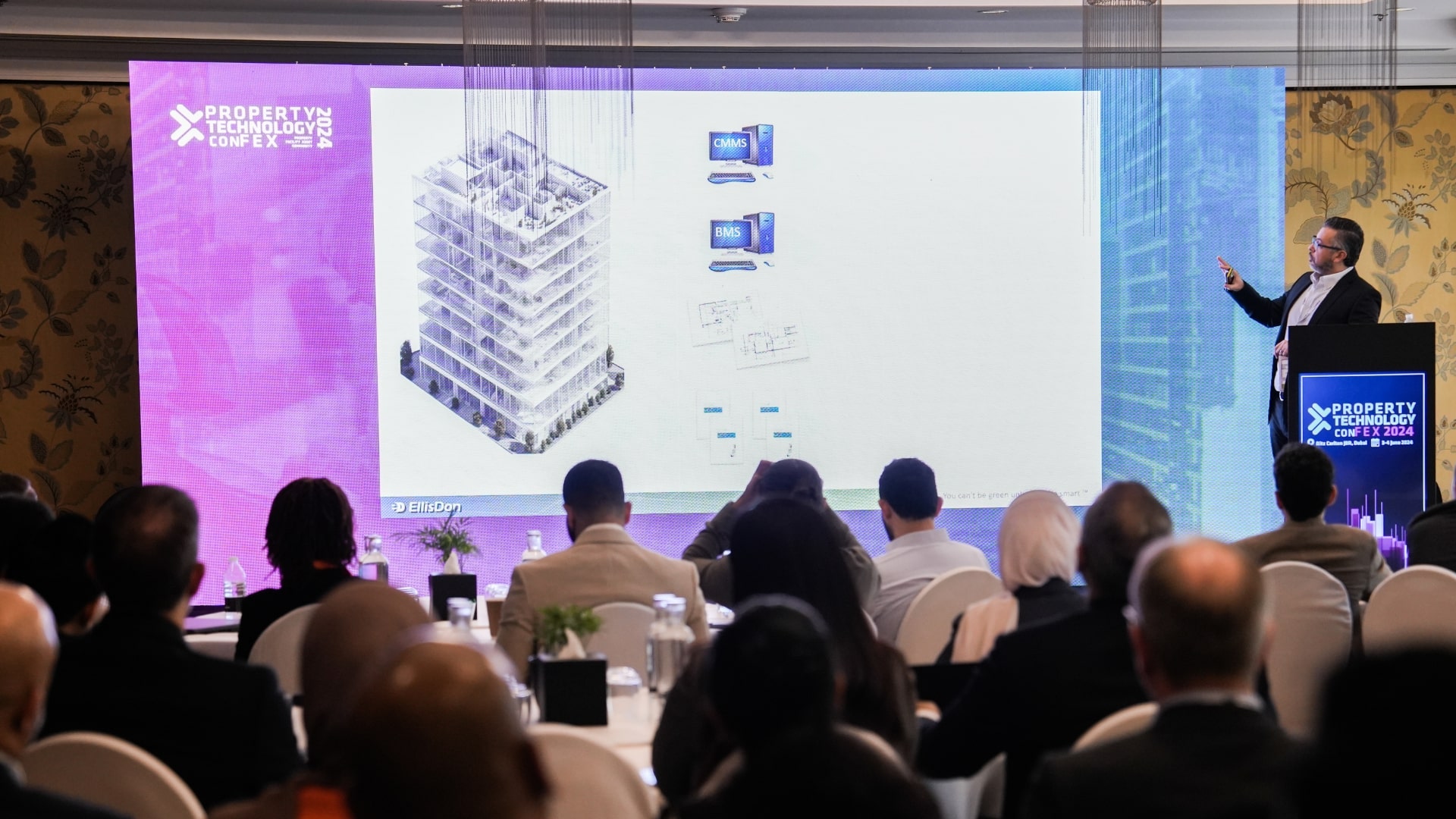
Why You Should Attend the Construction Technology ConFex 2025
The Construction Technology ConFex 2025 allows developers, project owners, investors, and PropTech specialists to see advanced technologies in sustainable construction and digital transformation. The event serves as the optimal opportunity to meet with industry elites.
Join the Construction Technology Events community at JW Marriott Hotel Marina, Dubai, to stay at the forefront of industry innovation. Ready to transform your projects? The time to act is now.
Just Say Hi there!
